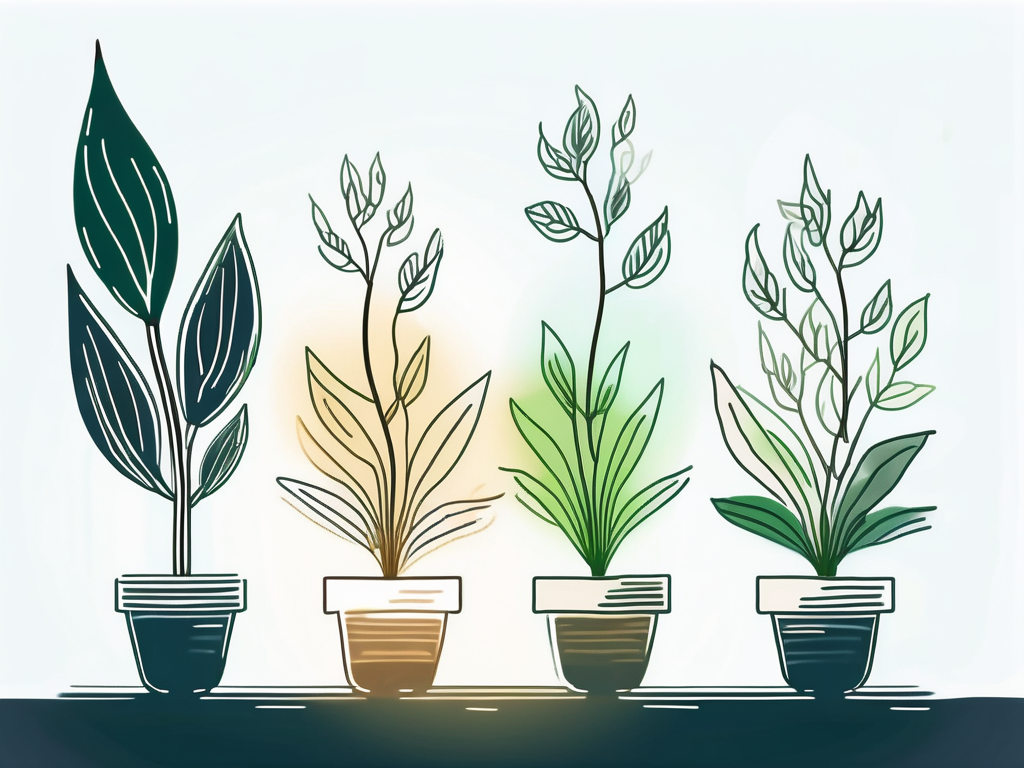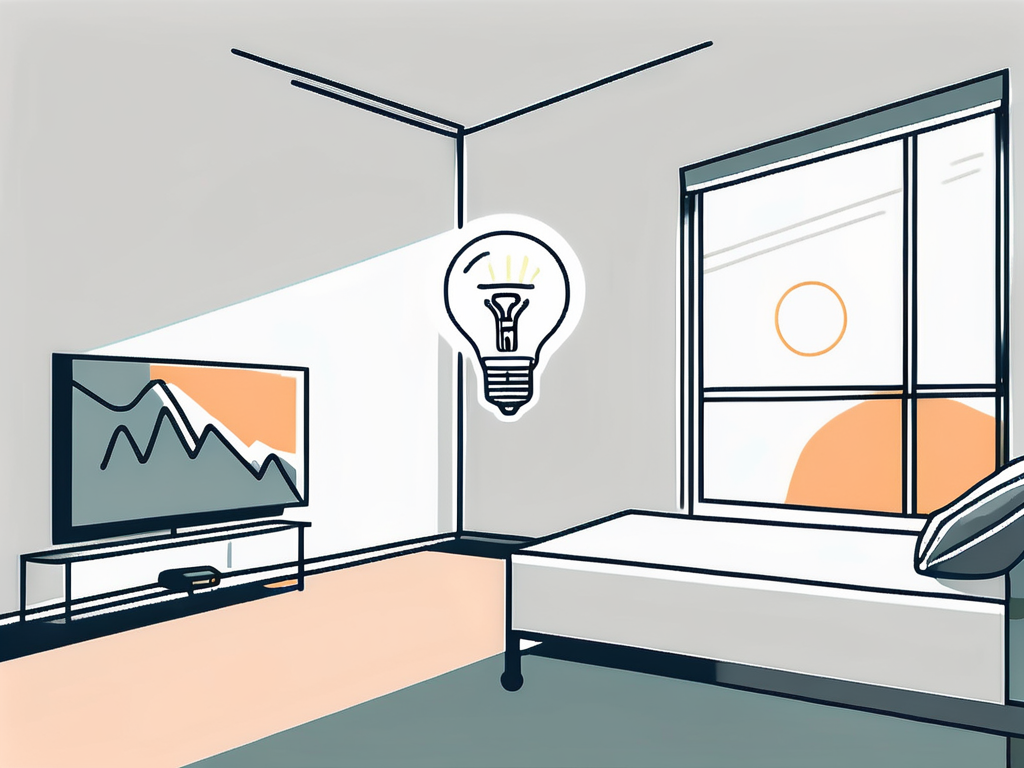
Enhancing Light Control Through Remote Monitoring Solutions
In the realm of horticulture, light intensity plays a pivotal role in the growth and development of plants. It is a critical factor that can make or break the success of your cultivation efforts. But how do you ensure that your plants are receiving the optimal amount of light? The answer lies in the innovative technology of remote monitoring.
The Importance of Light Intensity in Plant Growth
Light intensity, measured in foot-candles or lumens, is a crucial component of photosynthesis, the process through which plants convert light energy into chemical energy. It influences the rate of photosynthesis, which in turn affects the plant's growth, development, and yield.

However, not all plants require the same light intensity. Some plants thrive in high-intensity light, while others prefer low-intensity light. Therefore, it's essential to understand the specific light requirements of the plants you're cultivating.
Effects of Inadequate Light Intensity
When plants don't receive enough light, they may exhibit signs of etiolation, such as elongated stems, smaller leaves, and a pale green or yellow color. This is because the plant is trying to reach for more light, resulting in abnormal growth patterns.
On the other hand, too much light can also be detrimental. It can lead to photoinhibition, where the rate of photosynthesis decreases despite the abundance of light. This can result in leaf scorching and reduced plant vitality.
Remote Monitoring: A Solution to Optimize Light Intensity
Remote monitoring technology provides a solution to these challenges. It allows growers to monitor and control the light intensity in their cultivation areas from anywhere, at any time. This technology uses sensors to measure the light intensity and transmits the data to a remote device, such as a smartphone or computer.

With this information at their fingertips, growers can adjust the light intensity to meet the specific needs of their plants. This not only optimizes plant growth but also saves energy and reduces costs.
How Remote Monitoring Works
Remote monitoring systems typically consist of light sensors, a data logger, and a communication device. The light sensors measure the light intensity and send the data to the data logger. The data logger then transmits the information to the communication device, which can be accessed remotely.
Most remote monitoring systems also come with software that allows growers to analyze the data and make informed decisions. Some systems even offer automated controls, enabling growers to set the desired light intensity and let the system take care of the rest.
Implementing Remote Monitoring in Your Cultivation Area
Implementing remote monitoring in your cultivation area involves several steps. First, you need to select the right remote monitoring system for your needs. Consider factors such as the size of your cultivation area, the types of plants you're growing, and your budget.
Next, install the light sensors in your cultivation area. The sensors should be placed at plant height and evenly distributed throughout the area to ensure accurate measurements. Connect the sensors to the data logger and the communication device, and you're ready to start monitoring.
Benefits of Remote Monitoring
Remote monitoring offers numerous benefits. It allows you to maintain optimal light intensity, promoting healthy plant growth and maximizing yield. It also enables you to detect and address issues early, preventing potential losses.
Furthermore, remote monitoring saves time and effort. Instead of manually checking the light intensity, you can simply glance at your device. And with automated controls, you can rest assured that your plants are receiving the right amount of light, even when you're not around.
Conclusion
Light intensity is a key factor in plant growth, and optimizing it can significantly improve your cultivation success. With remote monitoring technology, you can ensure that your plants are receiving the optimal amount of light, regardless of their specific requirements.
So why wait? Embrace the power of remote monitoring and take your cultivation efforts to the next level.
